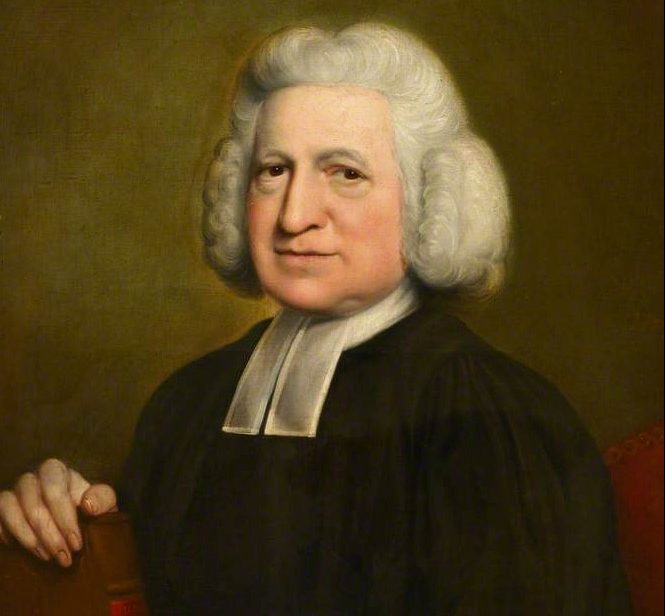Famous People Associated with the Parish Church
Charles Wesley

Charles Wesley was an English leader of the Methodist movement.
The son of Anglican clergyman and poet Samuel Wesley, the younger brother of Anglican clergyman John Wesley and Anglican clergyman Samuel Wesley (the Younger), and father of musician Samuel Wesley, and grandfather of musician Samuel Sebastian Wesley.
Despite their closeness, Charles and his brother John did not always agree on questions relating to their beliefs. In particular, Charles was strongly opposed to the idea of a breach with the Church of England into which they had been ordained. He ministered for part of his life in The New Room Chapel in Bristol.
Charles Wesley (1707-1788) lived and worked in Marylebone. Wearing a blue coat and a broad hat he rode a white pony, and was a familiar figure in the byways of Marylebone. He is chiefly remembered for the many hymns he wrote. While riding his pony he composed many of his most famous hymns: “Jesus, Lover of my Soul”, “Soldiers of Christ Arise”, “Hark the Herald Angels Sing”, “Love Divine all Loves Excelling”.
Charles Wesley acquired his house in Marylebone as early as the latter part of 1770, but he moved the family there permanently only in the autumn of 1778. This brought his two sons, Charles Jr. and Samuel, into contact with some of the best musicians and most fashionable musical circles of the day. The Wesley brothers quickly gained a reputation for themselves, chiefly through the series of concerts given in the Wesley home, in which they were the chief performers; these began in 1779 and were repeated each year until 1785.
For Samuel, these subscription concerts had a threefold significance: they gave him early, regular, first-hand experience of the public performance of music (he was only twelve years old when the first series of concerts began); through them, he was introduced to many influential members of London society (a number of the regular subscribers to the concerts were titled people); most significantly, certain of Samuel’s contacts at these concerts had considerable influence over his subsequent religious outlook.
Just before his death, he sent for the rector John Harley and told him “Sir, whatever the world may say of me, I have lived, and I die, a member of the Church of England. I pray you to bury me in your churchyard.” On his death, his body was carried to the church by six clergymen of the Church of England, and a memorial stone to him stands in the gardens in Marylebone High Street, close to his burial spot. One of his sons, Samuel, became organist of the church.
A memorial stone to him stands in the gardens in the High Street, close to where he was buried. His house can still be visited today.
Heritage
Downloads
Full Charles Wesley Bio
